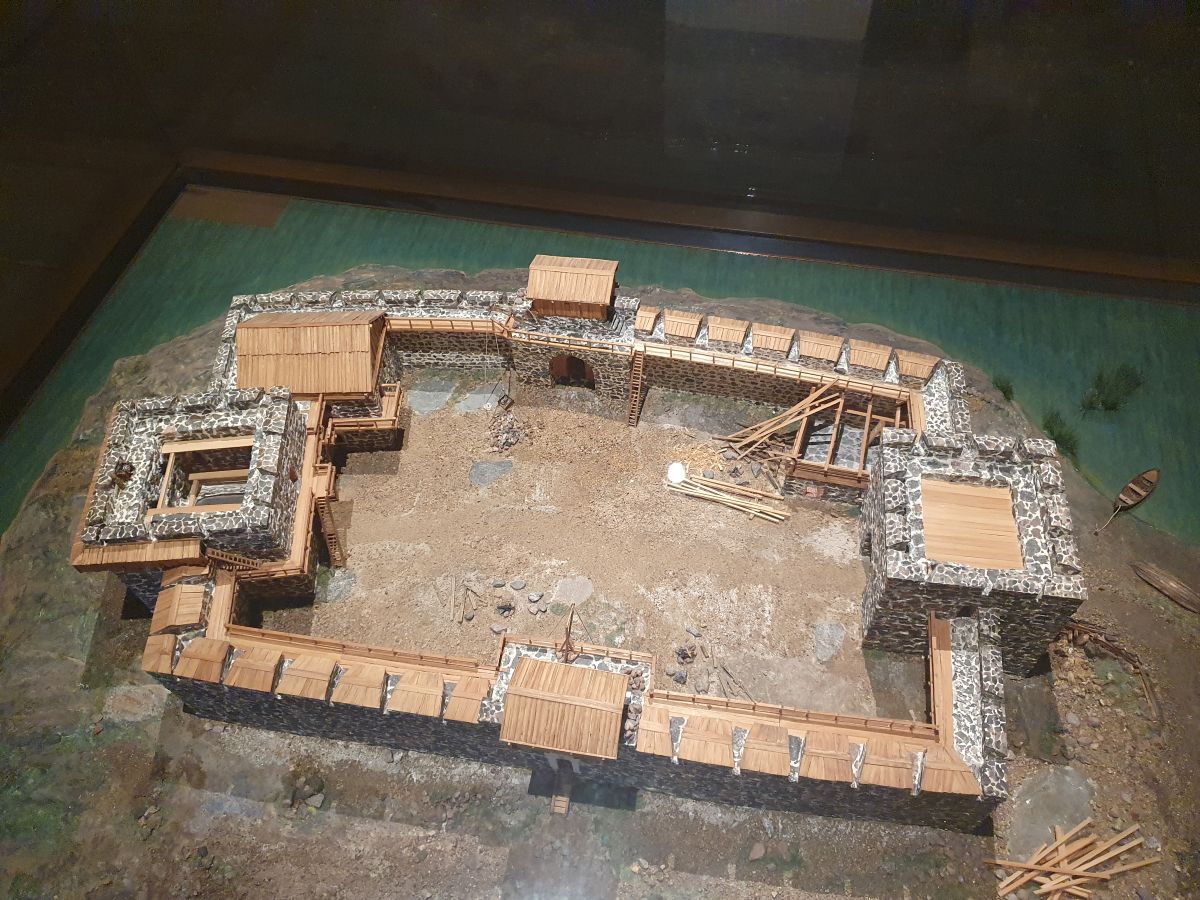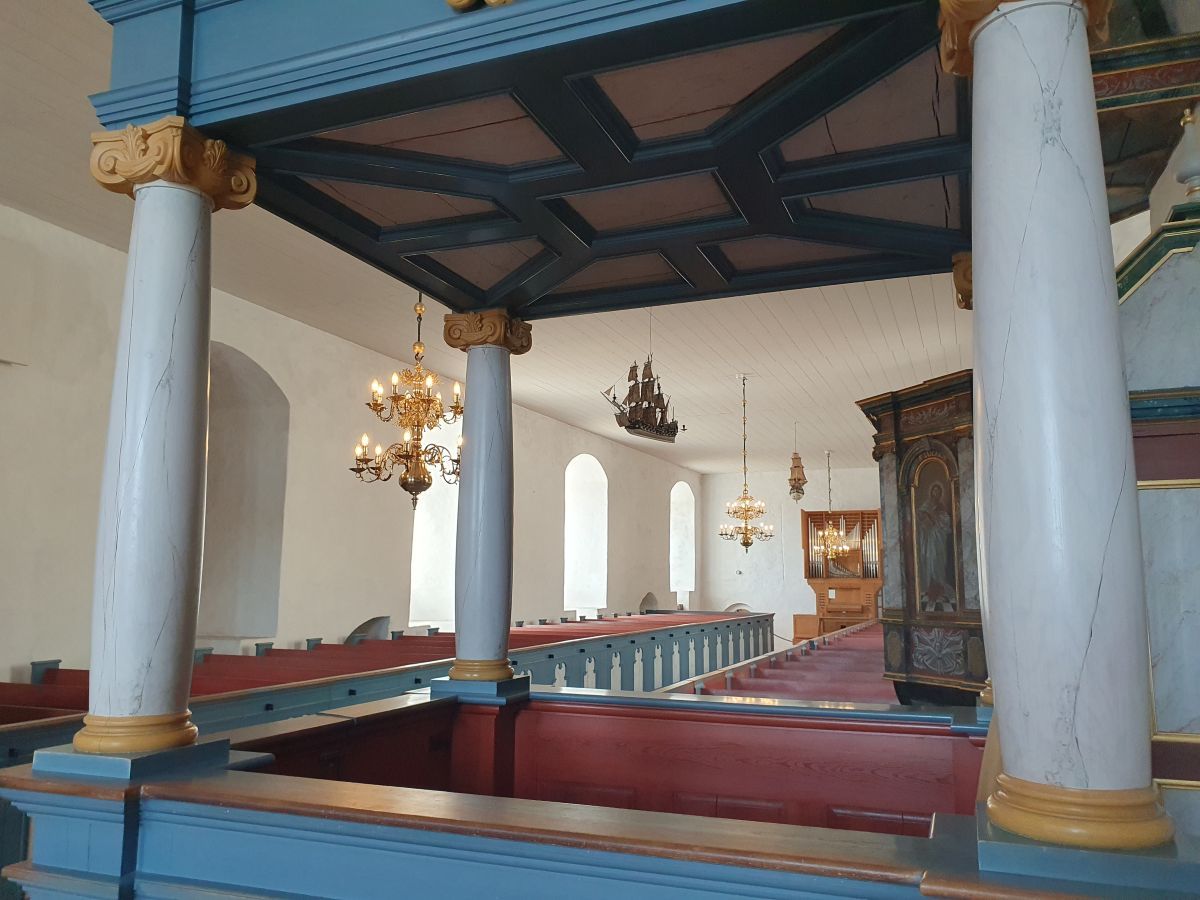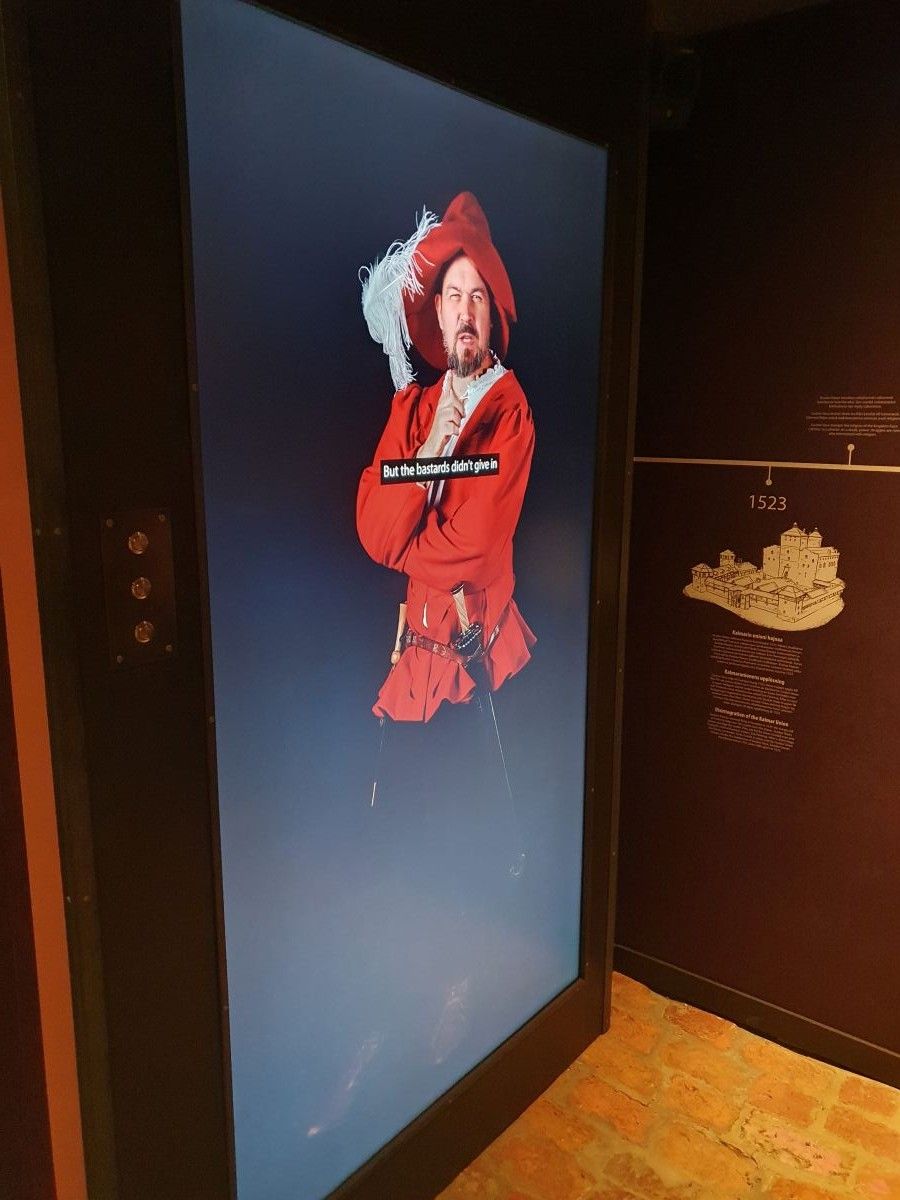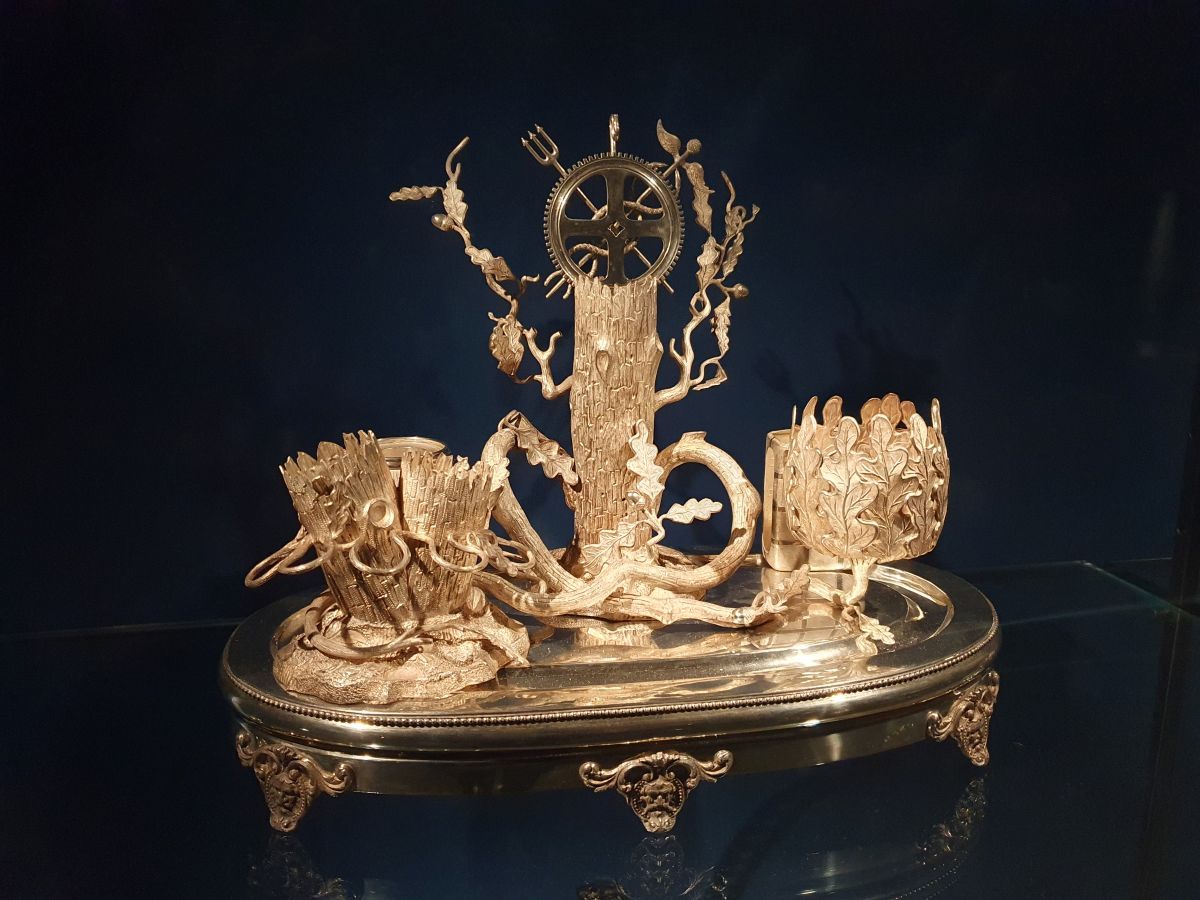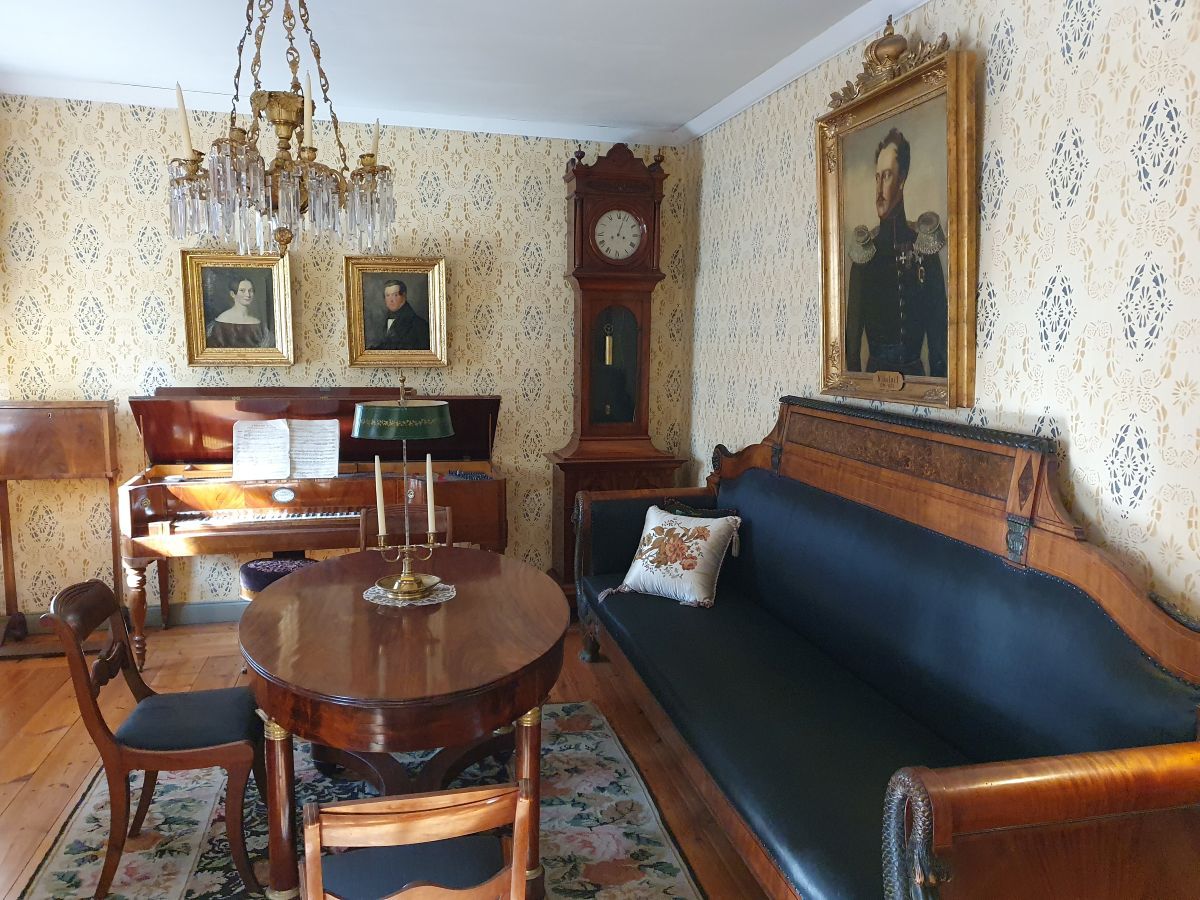Turun Linna - Turku Castle
A medieval castle by the harbour
Tucked away at the end of Turku’s harbour, where the river Aura meets the sea, stands one of Finland’s oldest and most iconic buildings – Turku Castle (Turun Linna). It might feel a little off the beaten path, but stepping inside this fortress is like entering a time capsule spanning over 700 years of Finnish and Scandinavian history.
What makes this visit even better? The audio guide in different languages is completely free, and packed with fascinating stories. I highly recommend using it – it gives great context as you move through the different exhibitions and rooms.
Medieval Times
Turku Castle’s story begins in the late 13th century, originally built on an island at the mouth of the Aura River. Over time, land uplift and development connected it to the mainland, but you can still feel the strong maritime presence in its location. It was established as a strategic fortress for Swedish rule and played an important role in defending the kingdom’s eastern frontier. Over the years, it has been rebuilt and fortified many times.
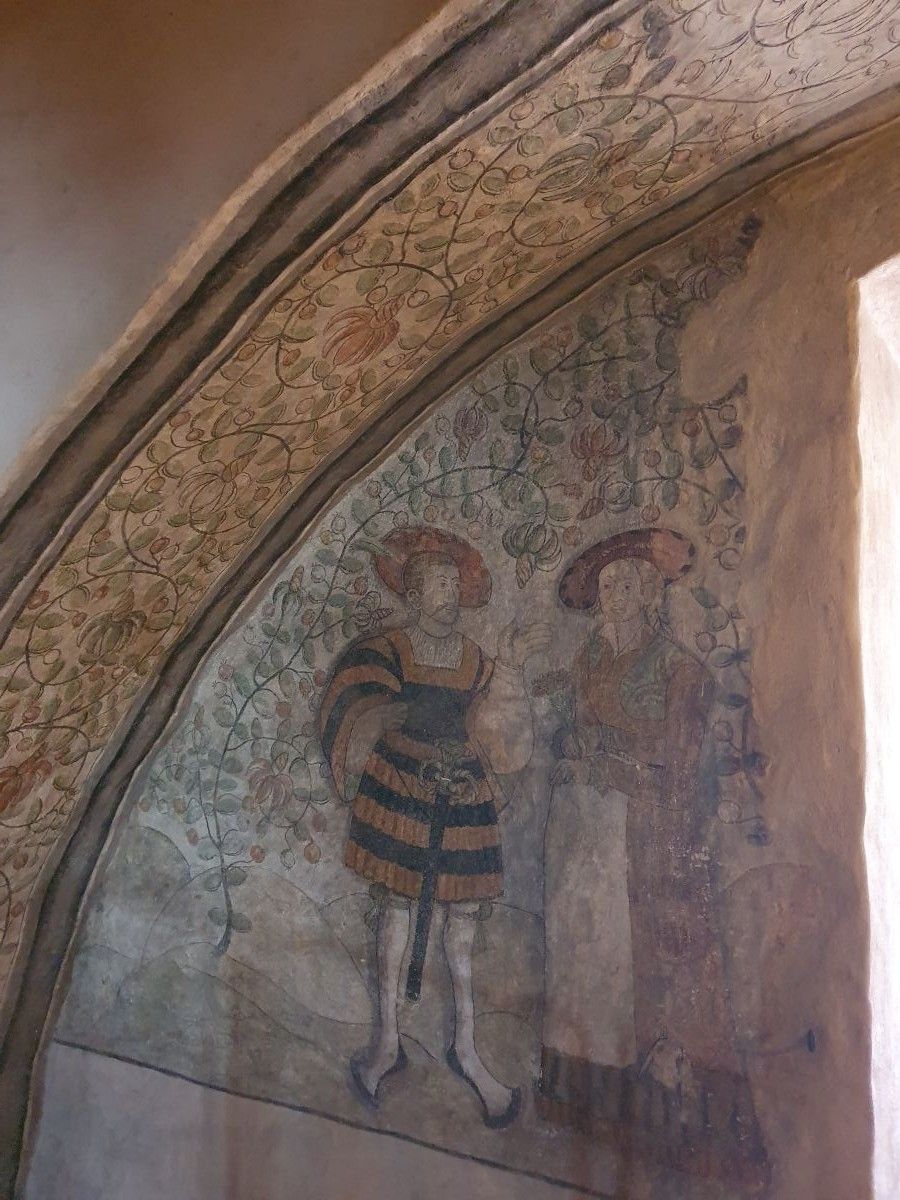
The first part is the medieval exhibition and this part of the castle truly feels like stepping back into the Middle Ages. From thick stone walls to echoing chambers, every corner whispers old stories. You wander through ancient halls, some decorated with beautifully preserved wall paintings. For each room there is a story how it was used and how life used to be here. From time to time you also encounter staff dressed in medieval clothing, always willing to show the way and answer your questions.
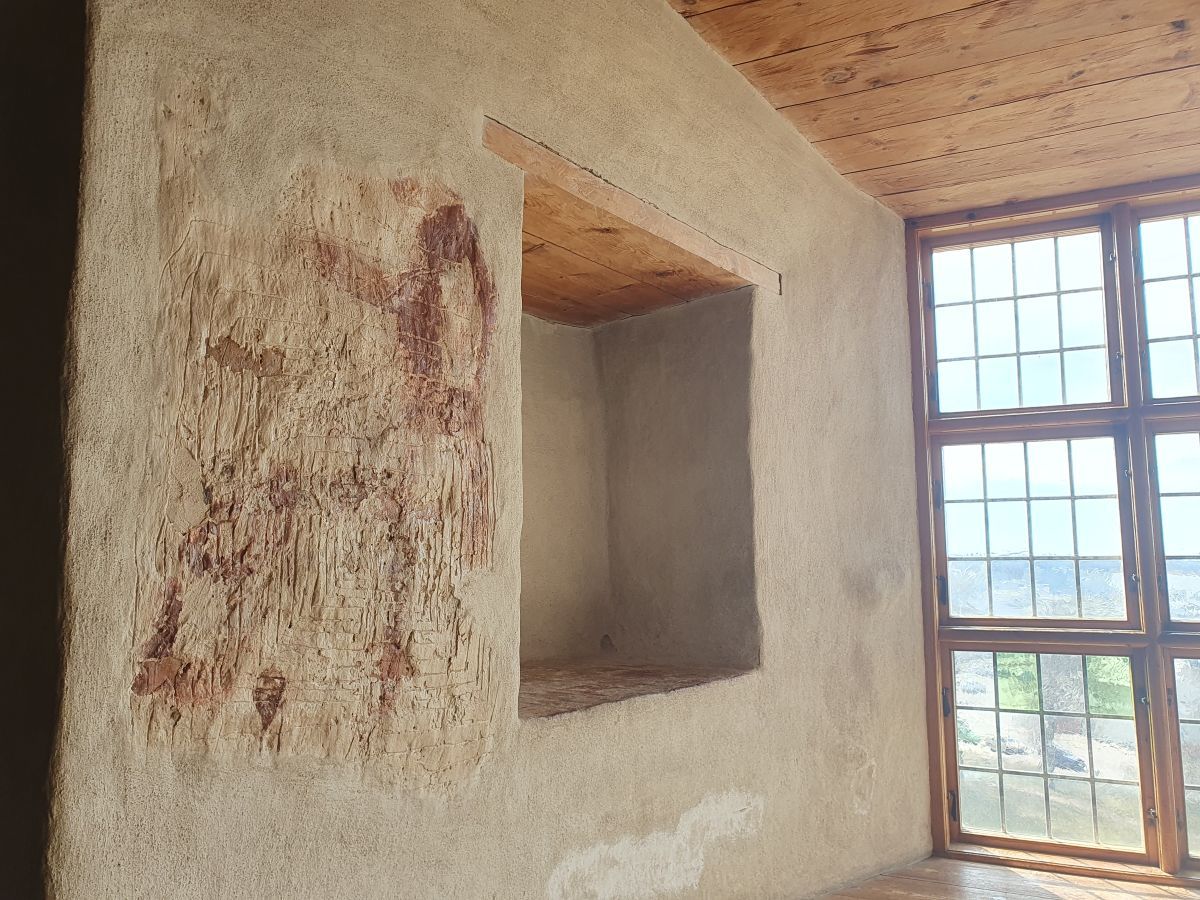
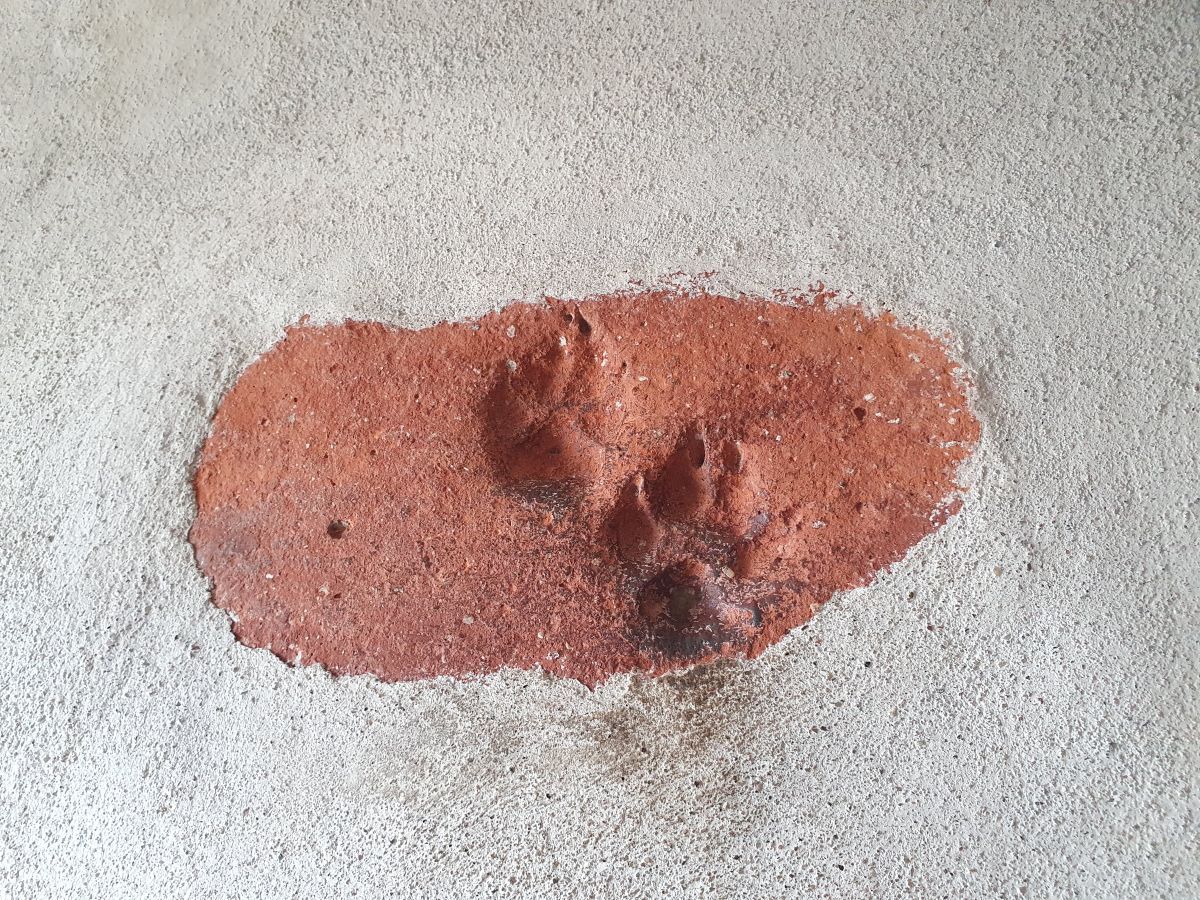
You’ll also find a guest room, a scriptorium, and remnants of medieval heating systems, including central furnaces and fireplaces. Don’t miss the tiny dog paw prints on one of the walls – a playful decoration from centuries ago, and a maze etched into stone that was believed to protect against evil spirits.
Renaissance
The next exhibition is from Renaissance times - it feels more refined and elegant compared to the medieval gloom. The rooms here reflect the style and cultural changes of the Renaissance era, with lighter architecture and decorated chambers that once housed the elite.
The Crown's People
You might think that this is plenty for a castle, but Turku castle has more to offer! Going through a maze of rooms, you come to the next exhibition - The Crown’s People. Perfect for families and younger visitors, this interactive exhibition focuses on the people who lived and worked in the castle – especially soldiers and servants. There are engaging videos and hands-on displays, answering questions like: Where did the guards come from? What did they eat? How did they train? It’s an immersive way to see history come alive.
Objects of the Nobility
Upstairs in the next exhibition, I found myself transported to a world of velvet, porcelain, and crystal. This beautifully curated exhibition showcases almost 800 objects from the Turku City Museum’s collection. Each item tells a story about bourgeois life – from the clothes people wore to the everyday objects they used during the 1600s to the 1800s.
Restauration
Turku Castle hasn’t just survived the Middle Ages – it also faced modern war. During World War II in 1941, a Soviet aircraft caused a fire that badly damaged the structure. Restoration efforts, which had already begun, now became even more urgent. The repair and restoration lasted until 1961, and there's a dedicated section showing old photographs and documents from the process. Seeing the before-and-after makes you appreciate the work that went into saving this historic treasure.
The Bailey
Don’t skip the bailey area – this part of the castle features furnished rooms that give you a better sense of how people lived day-to-day. There’s also a detailed history of the castle’s development here. The atmosphere is slightly different, but just as impressive.
Turku Castle is worth a visit – it’s a living, breathing piece of Finnish history. Whether you’re into medieval battles, Renaissance art, or curious about daily life in a 17th-century manor, there’s something for everyone. Give yourself a few hours to explore it fully – and take a moment to stand in the courtyard and imagine what these walls have seen.
